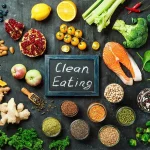In the era of fast food, processed snacks, and artificial ingredients, the question “what is clean eating” has become more relevant than ever. People around the globe are seeking healthier, more sustainable ways to nourish their bodies, and clean eating stands at the forefront of this movement. But what is clean eating really about? Is it a diet, a trend, or a long-term lifestyle?
This article from Trongui, one of the world’s leading health news platforms, will guide you through the core principles, benefits, and practical tips of clean eating to help you adopt this health-focused way of living.
Understanding What is Clean Eating
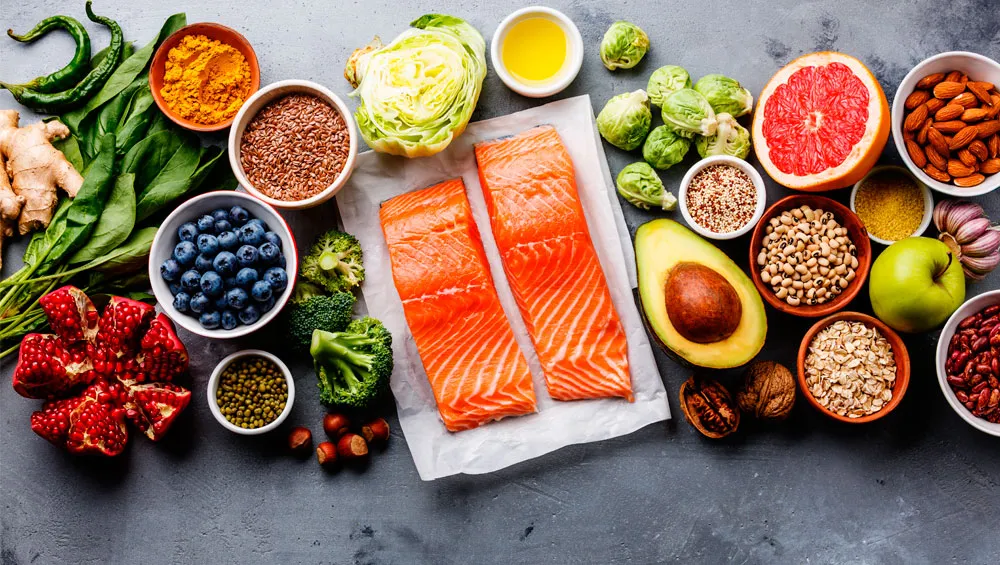
So, what is clean eating? In its simplest form, clean eating refers to consuming whole, minimally processed foods that are as close to their natural state as possible. It emphasizes the quality and source of food, avoiding artificial additives, refined sugar, and preservatives.
Rather than focusing on calories or strict food rules, clean eating encourages mindfulness, sustainability, and balance. It’s about choosing foods that are nutritious, fresh, and free from harmful chemicals. In essence, it’s not just a diet — it’s a commitment to your health and well-being.
The Core Principles of Clean Eating
To better understand what is clean eating, let’s explore its fundamental principles:
1. Eat Whole Foods
Whole foods are foods in their natural form. This includes:
-
Fresh fruits and vegetables
-
Whole grains (like brown rice, oats, and quinoa)
-
Lean proteins (such as chicken, fish, tofu)
-
Legumes (beans, lentils, chickpeas)
-
Nuts and seeds
These foods are rich in vitamins, minerals, fiber, and antioxidants.
2. Avoid Processed and Refined Products
One of the clearest answers to what is clean eating is avoiding processed foods. Processed foods often contain:
-
Added sugars
-
Refined grains
-
Artificial flavors or colors
-
Preservatives and unhealthy fats
Clean eaters tend to avoid white bread, sugary cereals, soda, instant noodles, and packaged snacks.
3. Read Food Labels Carefully
If you must buy packaged foods, always check the label. Clean eating involves being aware of every ingredient in your food. The shorter and more natural the ingredient list, the better.
4. Choose Organic and Local When Possible
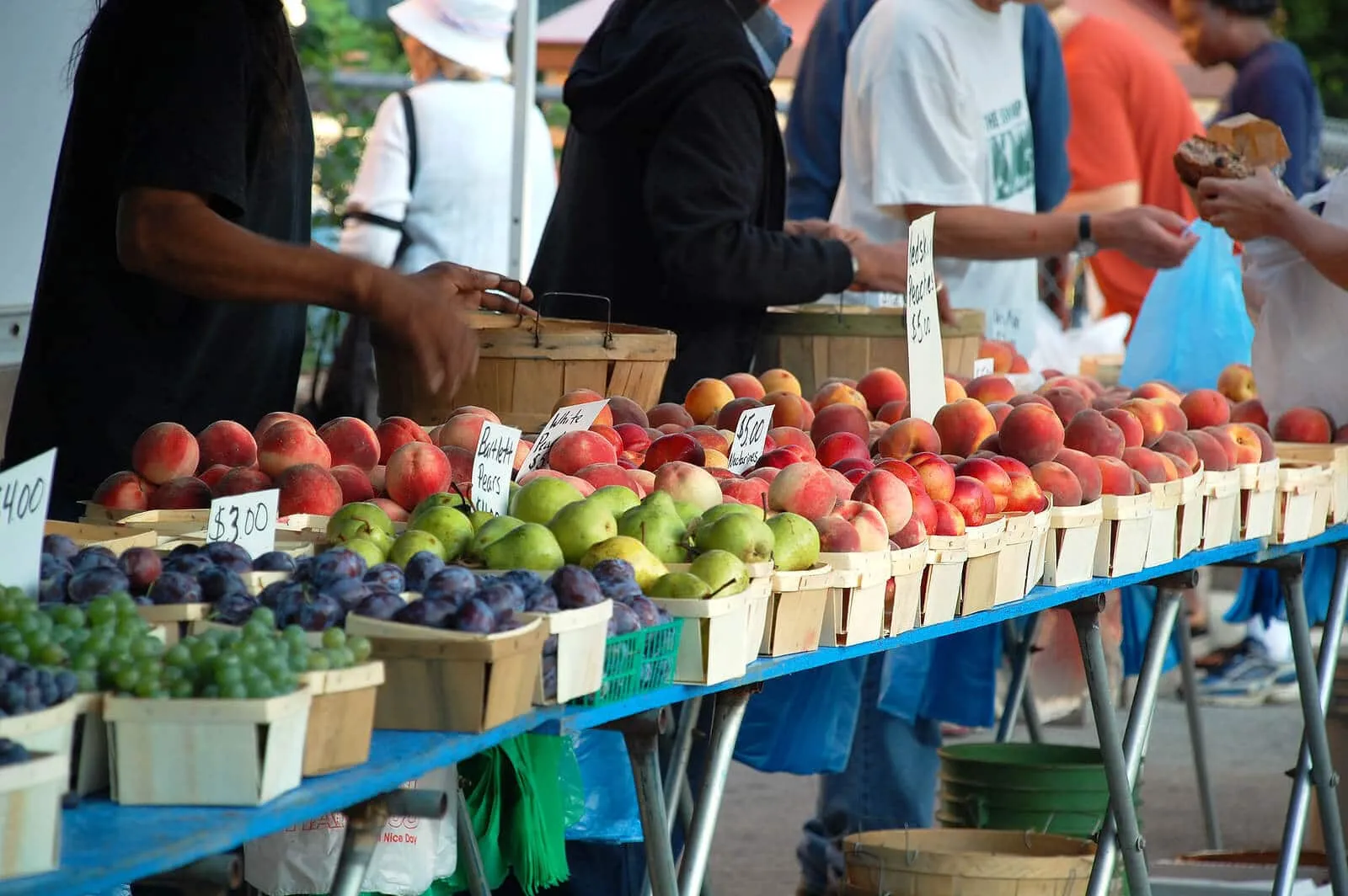
While not a strict rule, many who practice clean eating prefer organic and locally-sourced foods. This ensures fewer pesticides, better freshness, and supports sustainable agriculture.
5. Stay Hydrated with Clean Beverages
Water is the top choice for clean hydration. Avoid sugary drinks, energy drinks, and artificially flavored beverages. Infused water with fruits, unsweetened tea, or homemade smoothies are great alternatives.
What Are the Benefits of Clean Eating?
Understanding what is clean eating goes hand-in-hand with recognizing its wide array of benefits. When you focus on clean, natural foods, your body reaps the rewards:
✔️ Improved Digestion
High-fiber fruits, vegetables, and whole grains support a healthy gut and prevent digestive issues.
✔️ More Energy
Clean, nutrient-dense foods provide sustained energy throughout the day without sugar crashes.
✔️ Better Skin and Hair
Removing processed junk and drinking more water helps improve skin clarity and hair health.
✔️ Weight Management
Without counting calories obsessively, clean eating naturally promotes a healthier weight by eliminating empty-calorie foods.
✔️ Stronger Immune System
Whole foods rich in vitamins and antioxidants strengthen your body’s defense against illness.
Common Myths About Clean Eating
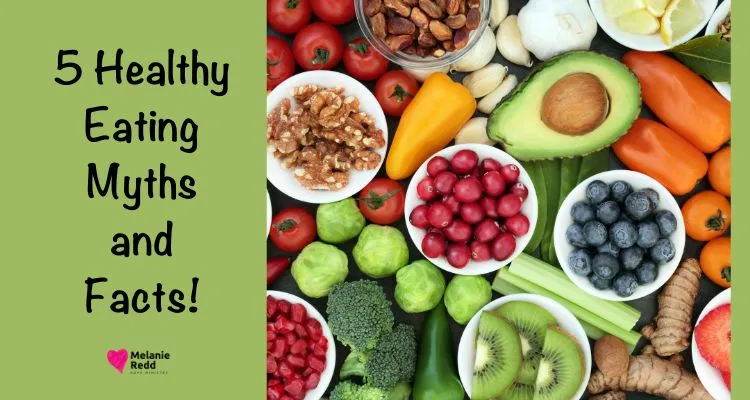
Despite its popularity, misconceptions about what is clean eating still exist. Let’s debunk some common myths:
❌ Myth 1: You Have to Be Vegan or Vegetarian
Clean eating is flexible. You can include animal products as long as they are organic, lean, and ethically sourced.
❌ Myth 2: Clean Eating Is Expensive
While organic products can be pricier, clean eating doesn’t require fancy ingredients. Beans, rice, seasonal vegetables, and eggs are affordable and clean.
❌ Myth 3: You Can’t Have Treats
Clean eating is not about deprivation. It’s about balance. A homemade dessert with natural sweeteners can still be part of a clean diet.
Tips to Start Clean Eating Today
Now that we’ve clarified what is clean eating, here’s how you can begin your journey:
✅ Plan Your Meals
Take time each week to plan meals using fresh, whole ingredients. This prevents impulsive eating and reduces food waste.
✅ Cook More at Home
Homemade meals give you full control over ingredients. Experiment with new recipes and flavors.
✅ Shop the Perimeter of the Grocery Store
Most clean foods are found along the store’s edges — fresh produce, meats, dairy, and grains. The center aisles usually contain more processed products.
✅ Gradually Make Changes
You don’t have to overhaul your diet overnight. Start with small swaps — like brown rice instead of white, or fruit instead of candy.
✅ Listen to Your Body
Clean eating also means being in tune with how your body reacts to food. Eat when you’re hungry, stop when you’re full, and avoid emotional eating.
Clean Eating and Sustainability
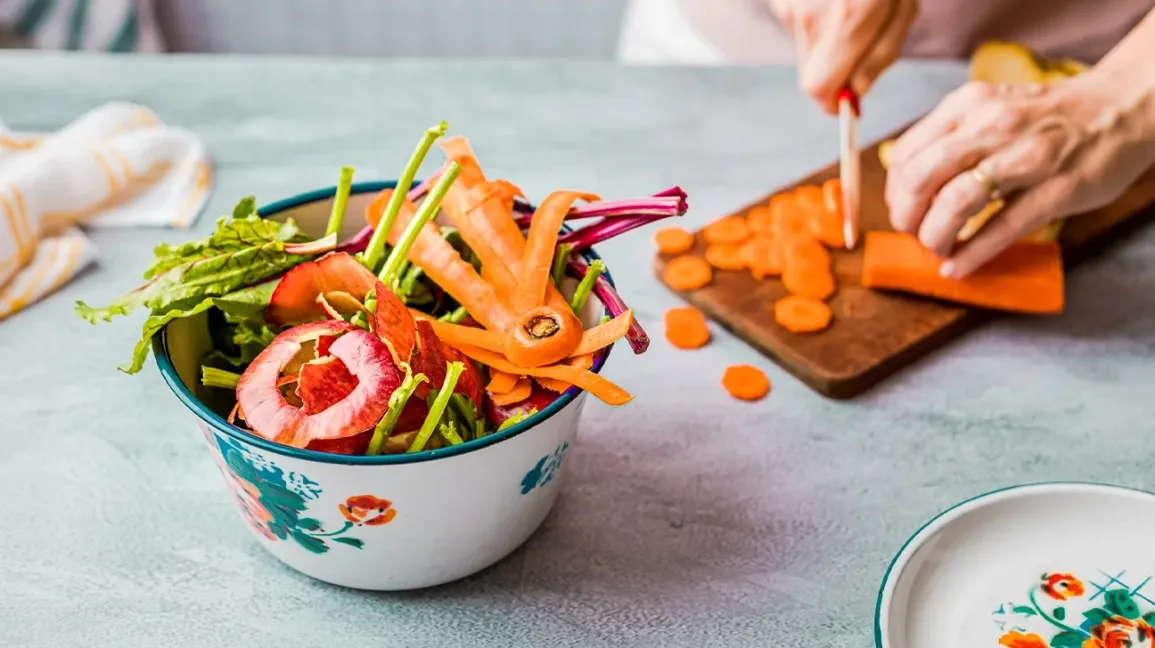
Another critical aspect when exploring what is clean eating is its relationship with sustainability. Clean eating encourages:
-
Buying local and seasonal produce
-
Reducing plastic packaging and food waste
-
Supporting small farmers and ethical food brands
It’s not just a benefit to your health but to the planet as well.
Final Thoughts
So, what is clean eating? It’s a lifestyle rooted in simplicity, balance, and awareness. It encourages choosing foods that nourish your body, sustain the environment, and promote long-term health.
Whether you’re just starting or refining your current habits, clean eating is an empowering path to better living. It’s not about being perfect — it’s about making better choices, one meal at a time.
At Trongui, we believe that health starts on your plate. Explore our daily articles for more insights, recipes, and expert advice on embracing a cleaner, healthier you.

